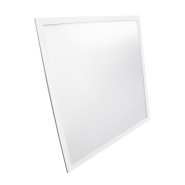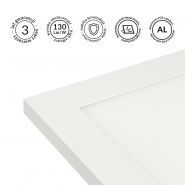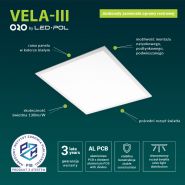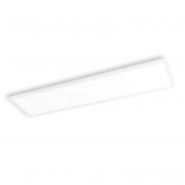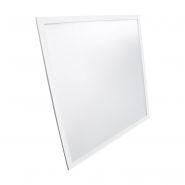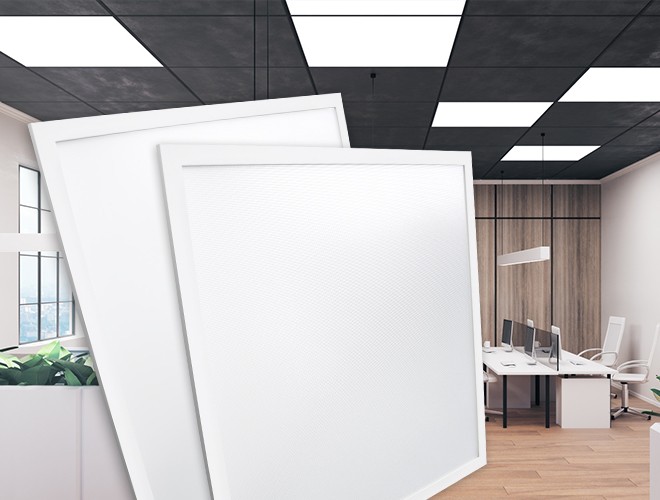
Comparison of the LED panel technologies: indirect and direct light distribution
Nowadays, the role of light is much more complex than even a few decades ago. At present, it is used not only to ensure the visibility of the world around us. Today, light is perceived as a factor which may have a positive impact on our mood, increase the productivity and even, with use of the appropriate tools, control our biological clock.
There is an opinion that light parameters such as colour temperature, light intensity and unified glare rating (UGR) are decisive for our well-being. However, it is very important how light is distributed in the room. Due to the LED technology development, we are able to control the light distribution virtually without limits, which is particularly important for lighting workplaces – from warehouses to retail spaces and smaller offices. Thus, when you are going to purchase lighting for this type of premises, it is worth drawing attention to the primary constructional parameter of luminaires, which is the light distribution method. It has a huge impact on other parameters which determine our mood and quality of work.
The requirements for the interior lighting are not low - well-designed lighting should be even, with no significant shadows, characterised by low UGR. To meet these requirements, the appropriate luminaires which distribute light in a manner desired for the specific site should be used.
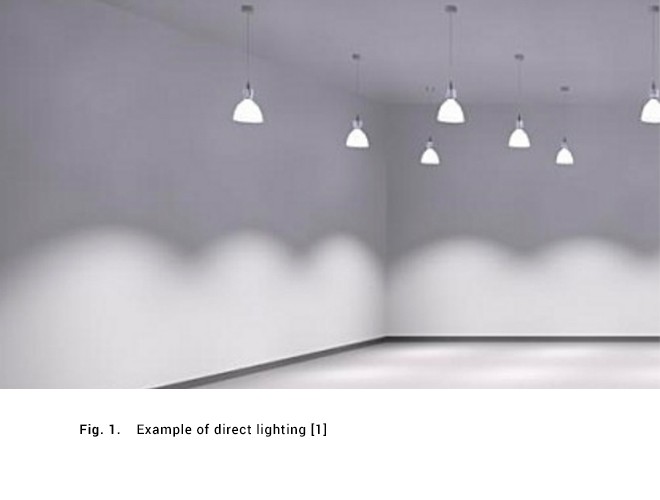
There are two basic light distribution methods: direct and indirect.
Direct light distribution means that the light source placed in the luminaire is directed immediately to the work surface and reaches it with no reflections.
With this solution, you can obtain frequently required higher light intensity on the specific work surface, thus ensuring the compliance with the European standard for interior lighting.
In addition, such a type of light distribution is characterised by higher efficacy because there are no absorption losses when reflecting from other surfaces.
The drawbacks of this solution include: higher level of unpleasant glare, undesirable reflections from illuminated objects and possible shadows on the ceiling and side walls (cave effect).
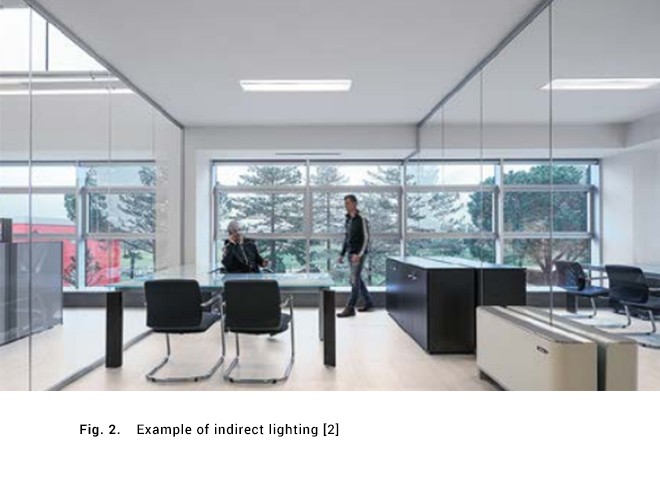
Indirect light distribution means that the light source does not directly illuminate the work surface - the light beams reach there reflected from other surfaces.
The best illuminated surfaces will be those with the primary reflection on, i.e. ceiling or walls.
By using luminaires with this type of light distribution, we are able to obtain evenly distributed light on all walls without the effect of dark spots and shadows.
This method is considered to be more comfortable than direct distribution.
In addition, the indirect light distribution optically enlarges the illuminated surfaces. The additional advantage of this light distribution is low UGR, which in combination with more even lighting of the entire room significantly translates to better working conditions.
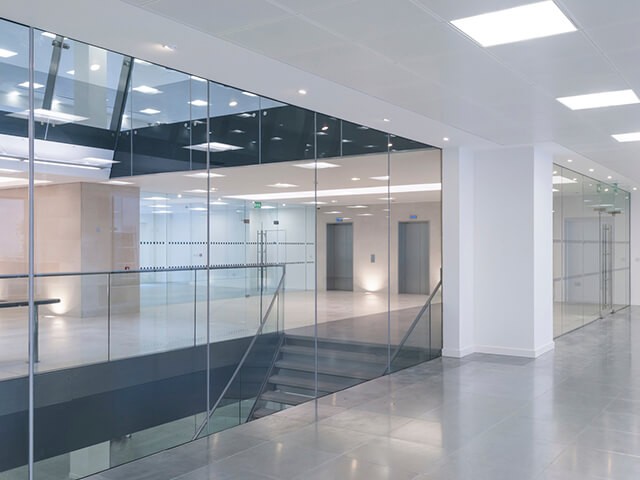
Both the indirect and direct light distribution have specific purposes and are intended for various types of rooms.
For example, direct distribution is ideal where illumination of a small selected part of work surface is of the greatest importance. Indirect distribution is more suitable for offices or commercial outlets where the priority is to provide evenly distributed illumination of the entire premises.
The example of intermediate light distribution luminaires is LED panels where light source, which is a LED module is mounted on the side aluminium frame. As a result, light is distributed at 90° to the work surface as the special material inside the panel captures and distributes the supplied light towards the surface. Due to the refraction of the light beam in the panel’s construction, we finally obtain a lower UGR and better illumination of the room. These factors show that LED panels are among the best choices for lighting office and retail spaces.
Our offer includes two types of panels. The first type of luminaires is the VELA series with UGR below 21 and a smooth diffuser coating. It is particularly suitable for use e.g. in commercial premises. The other type of panels is the GLARE series where the special micro-prism lens is used to provide the additional refraction of the light beam. As a result, the GLARE panels have UGR below 19, which makes them ideal for lighting office and school surfaces. An important advantage of the VELA and GLARE panels is the National Institute of Hygiene certificate, which ensures safe use even in the special purpose premises.
See the LED panels in our offer:
References:
[1] The Lighting Handbook, Zumtobel
[2] Indoor lightining Guide, ERCO

